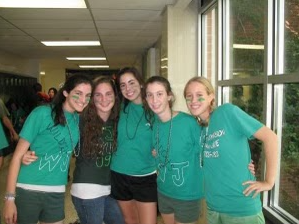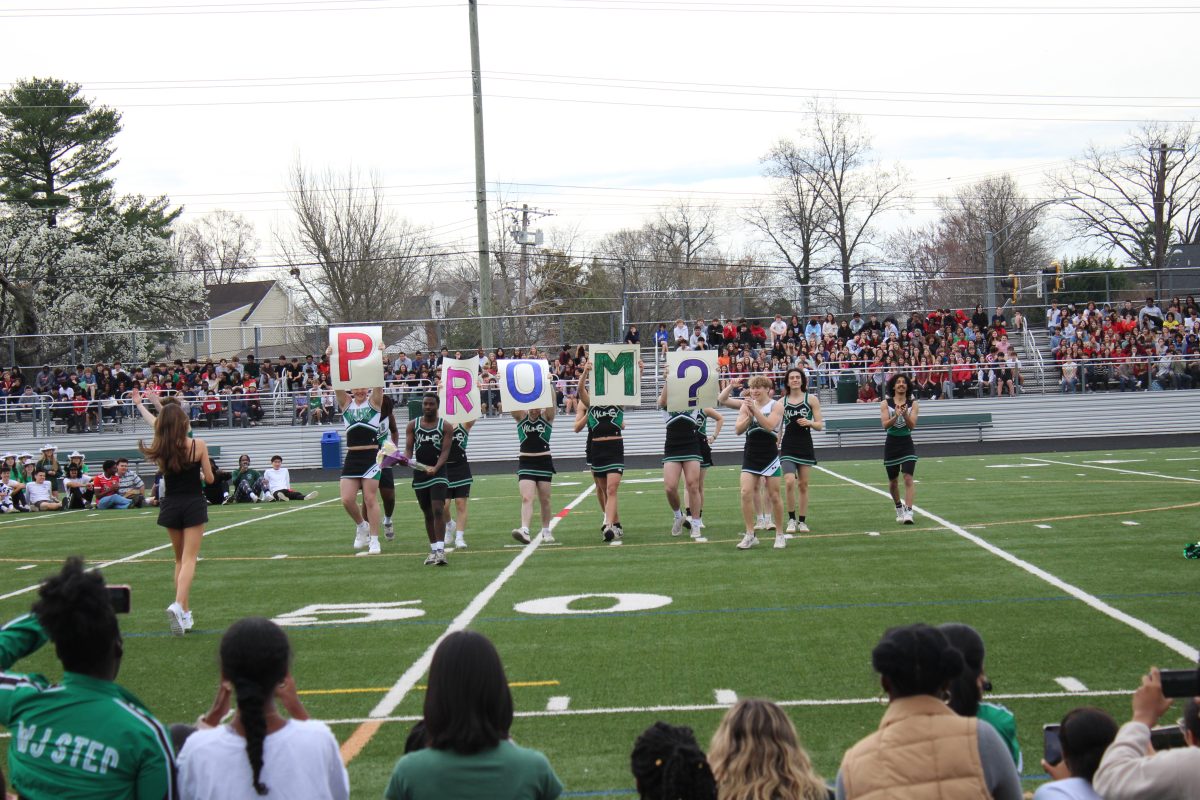Adorned with ornaments, tinsel and lights flickering a rainbow-like array of colors is the Christmas tree. Then there is Old Saint Nick with his full white beard, gleaming blue eyes and red hat with a puffy white ball resting precariously atop his head. These are the sights of Christmas in America.
But beyond the winter-time traditions held dear by many Americans lie festivals and rituals that are enjoyed around the world.
Junior Mabeke Segojane recalls South Africa’s Christmastime festivities.
“Usually we celebrate with traditional dances, the Mokhibo for women and the Mohobelo for men after attending church,” said Segojane. “Like in America, there are Christmas presents that are usually only clothes and toys.”
The Mokhibo is an upbeat dance involving melodious movement of the shoulders while kneeling and the Mohobelo is composed of stamping the feet to the rhythm of a song.
According to Segojane, cultural attire is worn by some to celebrate Christmas during festivals. South African dress includes a headband made of linens, arm and leg bands with feathers and fur draping from them, round earrings and a loin cloth of various materials, including different furs and fabrics. Following the Christmas festivals, families go home to enjoy a large dinner that consists of meat called likahre, vegetables called lehapu and a porridge mix called bapa.
Junior Syed Rahman, who is a Sunni Muslim, celebrates the Islamic holiday of Eid. Taking place on Dec. 9, though the date changes yearly according to the lunar calendar, Eid is a holiday which values donating and time spent with family.
“[As Muslims] we can only eat Halal meat, which means you have to say a prayer before killing the goat,” said Rahman. “On Eid we kill the goat ourselves. We say the prayer and then kill it.”
Once the meat is cleaned, it is eaten by the family and then either shared with friends or donated to the poor.
“It’s part of the five pillars of Islam, to donate to the poor, and that’s one of the things Muslims have to do,” said Rahman.
Turning to South Korea, junior Steven Park describes the New Year’s celebrations which usually take place in Feb., as the date is based on the lunar calendar.
“The entire family is required to gather early in the morning. We show our respect by bowing three times,” said Park. “My mom, my aunts and my grandmother stayed up all night the day before to prepare a grand feast. It included meat dishes, rice cakes and other strange foods that I was not aware of at the time.”
However, Park believes the best part of the New Year’s revelry comes during the New Year’s bow.
“To me, the most exciting part of the celebration was what is called a New Year bow,” said Park. “Basically, all the children of the family bow down, not submissively, but with grace to a pair of adults; for example my mom and dad or aunt and uncle and in return, the adults give allowances.”
Finally, one of the most important holidays in the Jewish faith, Hanukkah, is observed during winter break.
“Hanukkah is eight days and we light a menorah, which is a stand with nine candles and everyday you light one, but the one in the center always remains lit,” said senior Eden Merin.
“We eat jelly doughnuts and latkes, which are fried potatoes, and they are eaten because they are oily,” said Merin. “The food is my favorite part. At all the Jewish holidays, there is a lot of food.”
Christmas around the world
Santa Claus is not the only globally-recognized figurehead for Christmas. If you lived in Russia, perhaps you would believe in Baboushka, an old woman who delivers presents to children. If you lived in Italy you might believe in a broom-flying, friendly witch, La Befana, who distributes gifts to children throughout the land. If you resided in Scandinavia, you might put your stock in Jultomten, an elf who carries presents in a goat-drawn sleigh.
Beyond the borders of America, there lie many different celebrations and holiday myths.
In Australia, because Christmas is in the summer, family gatherings include trips to the beach as well as outdoor barbecues. Greece boasts some of the most unique Christmas legends, as many believe in kallikantzeri or goblins that appear during the 12 days of Christmas to cause trouble. In Ukraine, it is customary to arrange a feast, consisting of 12 courses. The youngest kid in each family must spot the first evening star before the meal can begin.
* This article has been modified from its original version.






